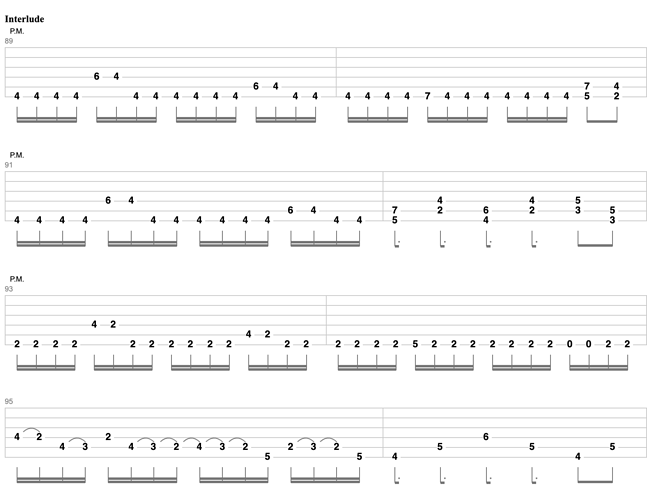One way or another, it is upstroke escape for most metal rhythm. So down slant.
When you need to do even a simple “four palm mute on low string - open power chord on the two lower string”, you need to downstroke on the power chord. And “escape” just after to return back.
I play metal for 25 years. I NEVER seen a SINGLE rhythmic player using “up slant” as a regular position.
Down slant, upstroke escape before down picking on power chords.
And learning to “escape” by a slight wrist deviation/rotation after single downstrokes, to avoid being “trapped”.
This is the main way. Everything else is just the icing on the cake.
Wrist or elbow is secondary, and personal.
About your instructor, most don’t even know HOW they do things 
If you check Troy videos, you will see even the best players don’t really know HOW they pick.
Like most fast alternate metal players, i’m almost “flat” when doing alternate BUT slant more for power chords and palm muted downstrokes (Metallica like).
Here is the best example i could find from one of the best player : Dino Cazares
Take a close look at his right hand when he switch from “alternate” to “chord” position.
As you can see, “alternate” is almost flat. But it is slanted anyway.
See his thumb : it is rotating to change the slant between “alternate” and “down stroke only”.
Alternate : thumb is “bumped up” to give an “almost flat” down slant
Downstroke only / power chord : thumb is “pushed” to accentuate the down slant and catch the two power chords strings.
The final detail : see how he escape JUST after downstrokes only. There is a slight wrist deviation.
And back to the business 
I love Dino Cazares : he is REALLY a metal rhythmic machine. And this video is a perfect metal right hand model. A closer look would be better 
All the “magic” from his playing is “thumb mobility” to change from “alternate” to “downstroke” and back. And his wrist escape after downstrokes.



 So I’m trying to undo much of what he taught me. For me it feels most natural to be downslanted and pick with a combination of wrist side to side and forearm rotation. I’m not sure I’ve ever picked from my elbow unless I’m trying something too fast for me and my wrist tenses up and the elbow kicks in to compensate. For now anyway, I just set aside a few minutes a day to try get used to picking the way I used to do it.
So I’m trying to undo much of what he taught me. For me it feels most natural to be downslanted and pick with a combination of wrist side to side and forearm rotation. I’m not sure I’ve ever picked from my elbow unless I’m trying something too fast for me and my wrist tenses up and the elbow kicks in to compensate. For now anyway, I just set aside a few minutes a day to try get used to picking the way I used to do it.





